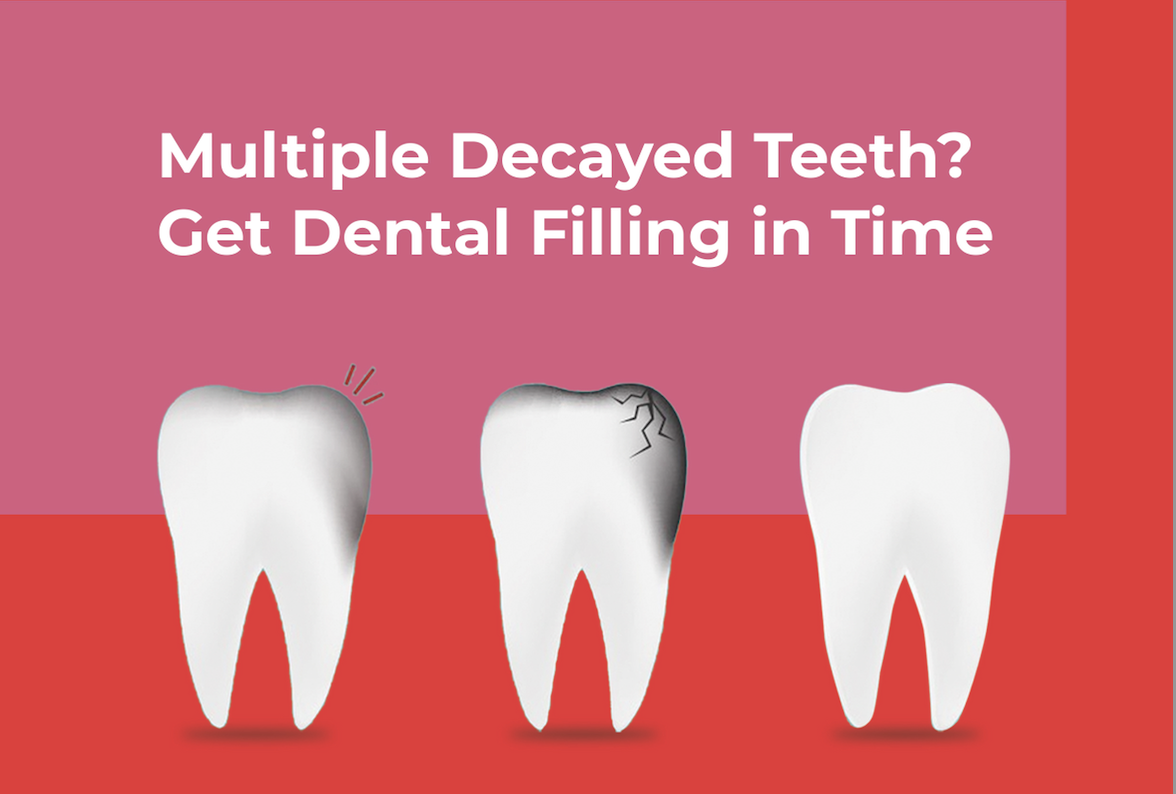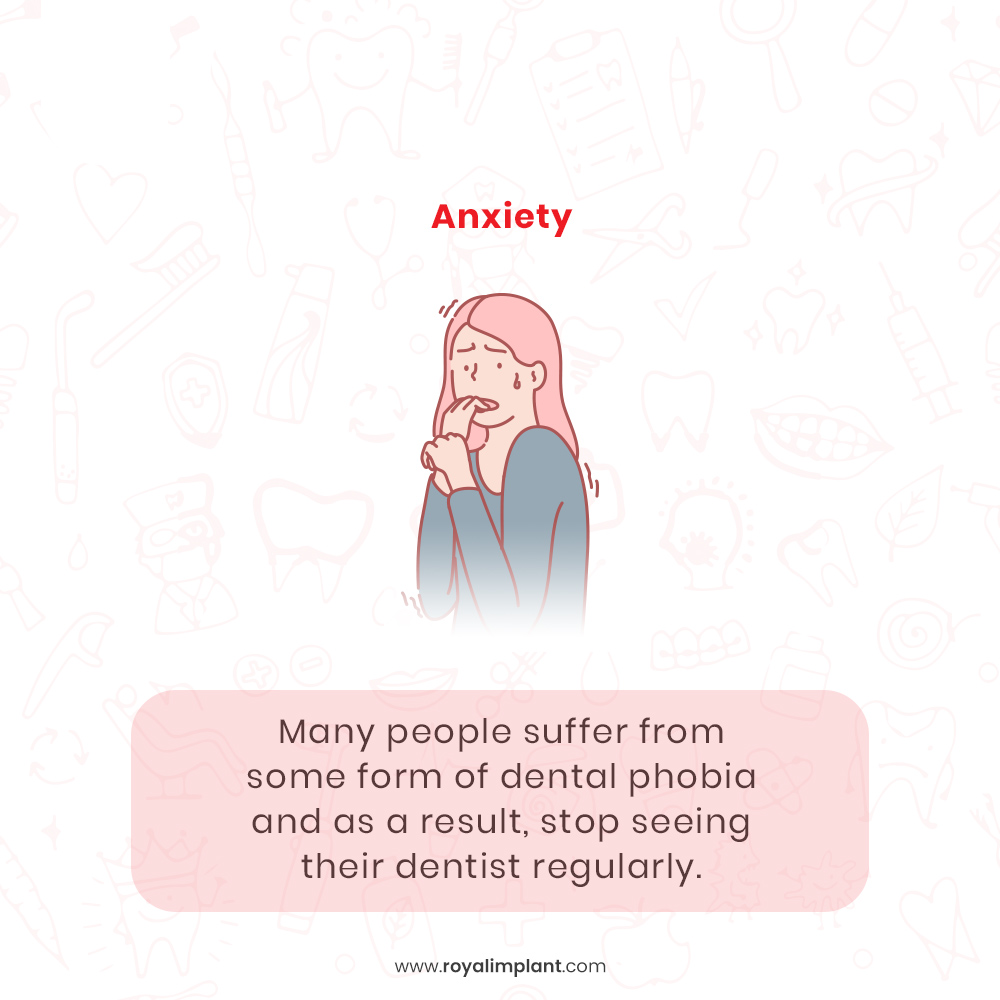You know that tooth decay is a natural process and something you can’t prevent. But do you know how severe the damage to your teeth needs to be before seeking help? The answer is – it depends on the type of tooth decay. If we look at all types of dental cavities, they fall into three main categories; non-reversible, reversible, and potentially reversible. If you have read our article on the plaque, you may remember that bacteria cannot thrive in conditions with low pH and high calcium concentration. This is exactly what our teeth have – an alkaline environment with a high concentration of calcium ions. Read further to find out all about tooth decay and what level will respond well to improved oral hygiene at home!
Non-reversible tooth decay
A non-reversible cavity occurs when the demineralization process has gone too far. There will be a hole inside the tooth where minerals were lost during this process – the dentin was gradually eaten away. This cavity is highly visible and chances are high that it is progressing towards the nerve of the tooth, which can be quite painful. But why does demineralization occur in the first place?
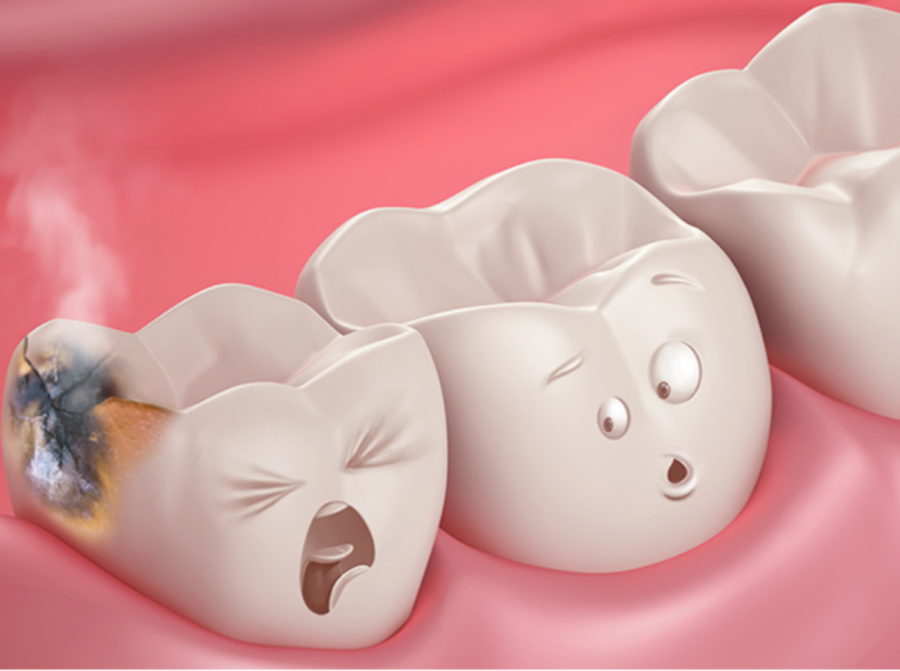
There are two main reasons why it happens:
- An acidic environment can be created in the mouth when there is not enough minerals to react with the acid produced by bacteria.
- The resulting substances, together with the bacteria and other debris in the mouth, create a very corrosive, non-reactive substance that can eat away tooth enamel, dentin, and even the tooth root.
What are the different stages of tooth decay?
There are several signs of tooth decay and early treatment and detection can significantly impact the course of treatment required. Below, we explore the signs to watch for.
White spot :
The first stage of tooth decay begins when chalky white areas on the surface of the tooth appear due to loss of calcium and the build-up of plaque.
Enamel decay :
In the second stage of tooth decay, enamel begins to weaken under the tooth’s surface, causing a lesion to form within the tooth. Eventually, the surface of the tooth risks breaking, which is then irreversible. If a tooth breaks, one should seek dental treatment immediately.
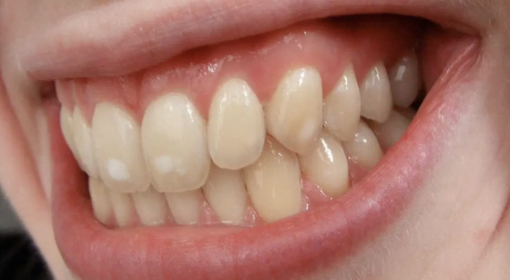
Dentin decay:
Dentin is the part of the tooth between the enamel and the pulp. When decay moves to this stage, the level of pain intensifies, the enamel collapses and a dental cavity is formed. At this stage, a dental filling will most likely be required.
Infection of the pulp:
The pulp is the tooth’s center. It is made up of living tissue and cells which are referred to as odontoblasts. If the pulp becomes infected with bacteria, pus will form and kill the blood vessels and nerves in the tooth. This can cause constant pain and will most likely require a root canal.
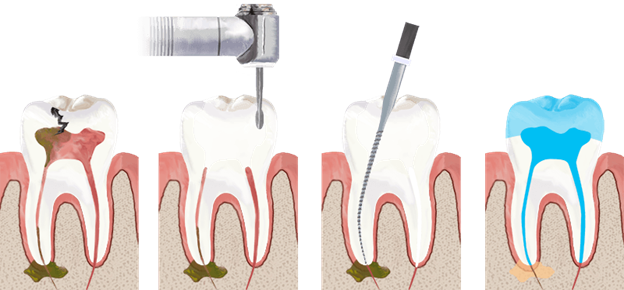
Abcesss:
Abscess formation is the final stage of tooth decay and the most painful. When the infection reaches the root of the tooth, the bones risk infection as well. Gums and the tongue often swell which can have an impact on speech and increase the risk of other diseases. This stage typically requires further oral surgery.
Tooth loss:
Untreated cavities at each stage of decay will cause tooth loss and/or extraction. With adherence to a good oral hygiene regimen, avoiding a diet high in sugar, staying hydrated with water, and visiting your dental professional regularly, this stage can be prevented.
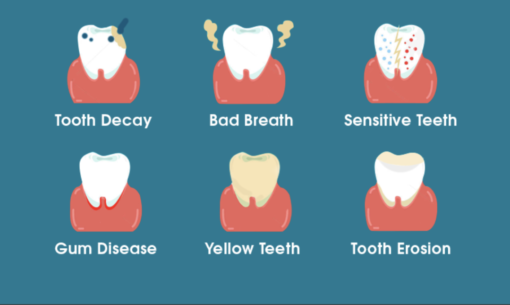
Reversible cavity
A reversible cavity is something in between the two extreme cases described earlier. It may be possible to stop the process before a hole is created in the tooth. It is also possible to reverse the process, to a certain extent, with increased saliva flow and improved oral hygiene. This type of cavity will be visible inside the tooth, but it won’t progress to the point of a non-reversible cavity. A reversible cavity will progress slowly and you can stop it, or at least slow it down, with better oral hygiene such as controlling plaque and strengthening your teeth with the right diet and supplements.

Potentially reversible cavity
A potentially reversible cavity is one where there is a lot of damage done to the enamel, and dentin is starting to dissolve, but there is no hole inside the tooth. This is a very common type of cavity and can be stopped in its tracks with improved oral hygiene. The bacteria are trapped inside the tooth by the enamel and haven’t reached the dentin yet, which means that the area is still alkaline and hostile to bacteria.
What to do with non-reversible tooth decay?
If you find that your tooth decay is non-reversible, it is best to visit your dentist as soon as possible. The longer you wait, the harder it will be to fix it. Your dentist will likely apply a special material to the cavity, and then apply a special light to harden it. If the damage is serious, your dentist may apply a dental filling, or even perform a root canal treatment.
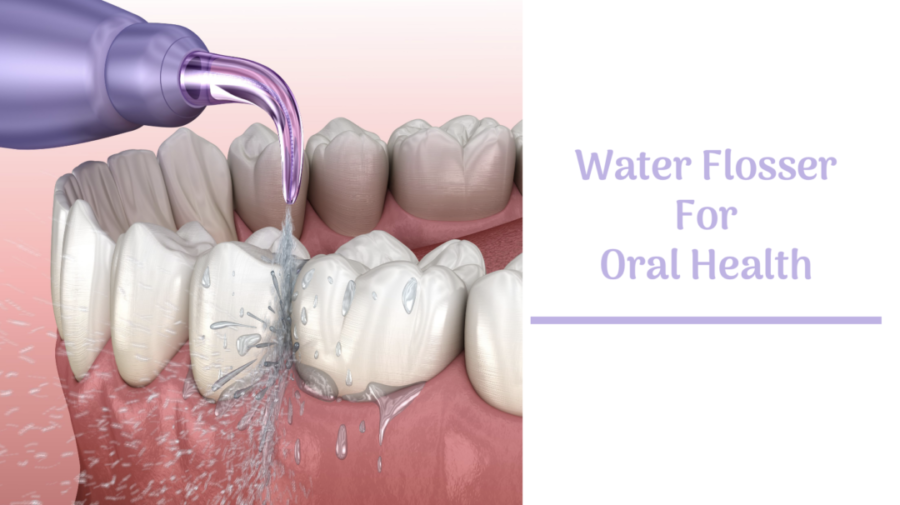
What to do with reversible tooth decay?
If you have found out that the tooth decay is reversible, you can treat it yourself at home. You will need to use a special toothpaste containing fluoride, a mouthwash, and a special diet to promote healing. In some cases, you may need to visit your dentist as well, to check the progress and apply a dental filling or even a root canal treatment if the damage is too bad.
What to do with potentially reversible tooth decay?
The best thing you can do with this type of tooth decay is to repair the damage as soon as possible. The best way to do this is to strengthen your teeth with the right diet and supplements. Visit your dentist regularly for check-ups and you will be able to stop tooth decay before it has a chance to become serious.
Conclusion
Tooth decay is a natural process, but there are ways to prevent it. Make sure you brush your teeth twice a day, floss regularly, and avoid sugary foods like candies, baked goods, and soda drinks. If you find that your teeth are sensitive to hot and cold, you may have a cavity, so it is best to visit your dentist as soon as possible. If you catch the tooth decay early enough and use the right treatment, you can prevent it from getting worse and save your teeth from needing a root canal or even a tooth extraction.
Follow Us For More Updates
